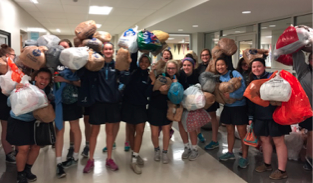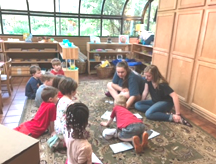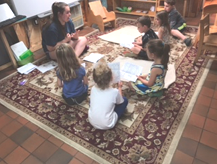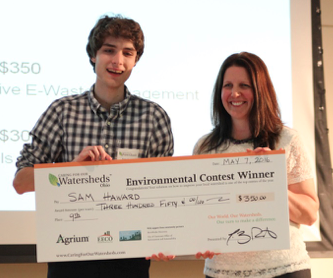2018, CINCINNATI, OH, UNITED STATES
Since the production of electricity is harmful to the environment, it is crucial to try to reduce the amount of electricity humans use. Using the knowledge that electrically charged cell phones are an increasingly part of teenager’s lives, seniors Victoria Wilhelmy and Olivia Hartman and juniors Mia Semler and Tara Franke created an eco-friendly alternative to regular phone charging that could be implemented in their own school, The Summit Country Day.
Their solution to this energy-consuming phone dilemma was to create two public phone charging stations that run completely off solar energy. These two stations are located in sunny, popular areas of their four-story school building. Each station consists of three solar powered phone chargers that stick onto the windows. Accordingly, with each charger are cables designed to charge a variety of phones. Along with the actual chargers is a sign that explains to students not only what the stations are, but also what the environmental effects of using these chargers are. Consequently, students are able to benefit from the phone charger and become more environmentally conscious.
The actual process of making the stations was very simple. After ordering all the materials online and having them shipped to the school, the final step was just sticking the chargers to the windows and putting up the sign that explained to students what they were. This easy solution just shows how simple it can be to help the environment.
Victoria, Olivia, Mia, and Tara are all excited and proud that their eco-friendly alternative will benefit not only the future generations of high schoolers that come through the halls of the Summit, but also the quality of the environment in the future. As long as solar energy, a renewable source, is available, so are their chargers.
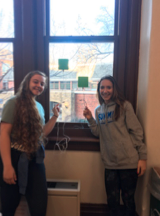
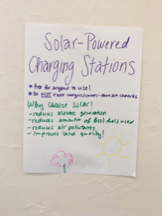
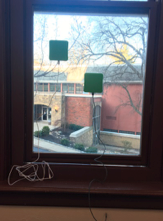
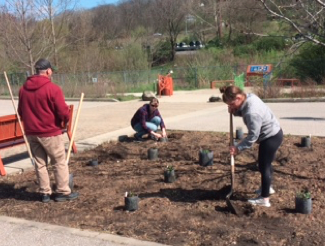
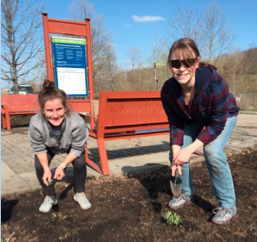

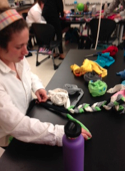


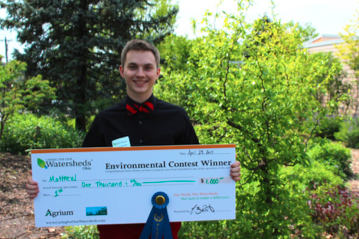
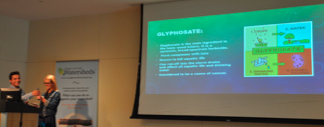
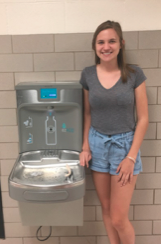
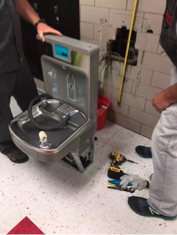
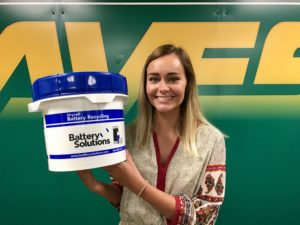 school and is always having to switch out old batteries in game systems. Through this experience she became aware of how many batteries were being tossed out. She started becoming more concerned about the problem as she researched the chemicals inside every single battery and began thinking about the impact these batteries have on our environment. As a senior at Sycamore High School she has been involved in Environmental Club, AP Environmental class, and engineering. With her background knowledge and interest she became motivated to help solve this problem.
school and is always having to switch out old batteries in game systems. Through this experience she became aware of how many batteries were being tossed out. She started becoming more concerned about the problem as she researched the chemicals inside every single battery and began thinking about the impact these batteries have on our environment. As a senior at Sycamore High School she has been involved in Environmental Club, AP Environmental class, and engineering. With her background knowledge and interest she became motivated to help solve this problem. project, Lexi put in place a battery-recycling program in all the schools within the Sycamore School District. These pails are located in the front offices of all schools and have begun overflowing with all the donations from community residents. She hopes recycling batteries becomes just as routine as recycling paper and plastic. With this permanent project Lexi hopes to educate her community on the simple actions they can take to make a big difference.
project, Lexi put in place a battery-recycling program in all the schools within the Sycamore School District. These pails are located in the front offices of all schools and have begun overflowing with all the donations from community residents. She hopes recycling batteries becomes just as routine as recycling paper and plastic. With this permanent project Lexi hopes to educate her community on the simple actions they can take to make a big difference.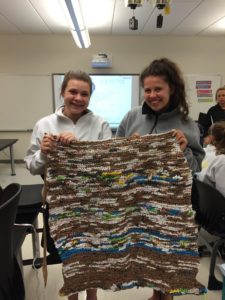 the environment. After kick-staring the education portion of their project, they started working on implementing phase one.
the environment. After kick-staring the education portion of their project, they started working on implementing phase one.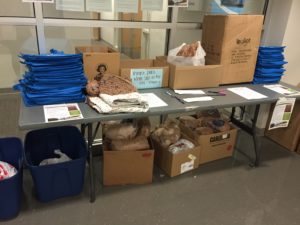 Phase two started with a bag prepping party at which everyone folded, cut, and looped the plastic bags into balls of “yarn”. This ball of plastic yarn was then crocheted into sleeping mats that were donated to the homeless. They conducted significant amounts of research on how to properly crochet plastic sleeping mats, as well as the benefits of sleeping mats for those who are homeless. The mat weaving process was very time consuming and involved intricate work, so the students sought out the help of their school community for completing this part of our project.
Phase two started with a bag prepping party at which everyone folded, cut, and looped the plastic bags into balls of “yarn”. This ball of plastic yarn was then crocheted into sleeping mats that were donated to the homeless. They conducted significant amounts of research on how to properly crochet plastic sleeping mats, as well as the benefits of sleeping mats for those who are homeless. The mat weaving process was very time consuming and involved intricate work, so the students sought out the help of their school community for completing this part of our project.